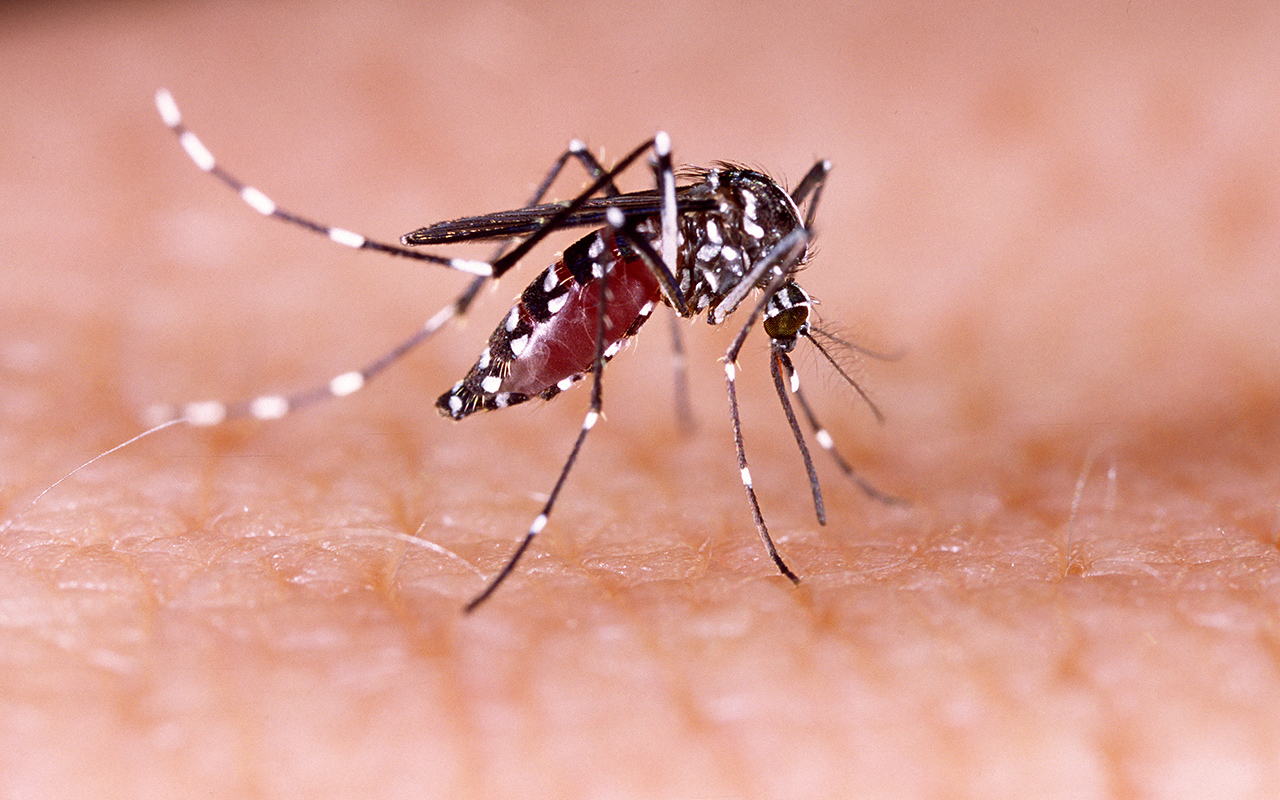THE Queensland map of dengue-receptive areas should be updated to include the broad geographic area from Townsville south to Rockhampton, following an outbreak of dengue virus serotype-2 (DENV-2) in Rockhampton.
Research published in the MJA detailed the outbreak and response by the Central Queensland Public Health Unit.
“On 23 May 2019, the Central Queensland Public Health Unit eceived a confirmed laboratory notification of a [DENV-2] infection in a Rockhampton resident,” wrote the authors, led by public health nurse Jacina Walker.
“On 5 May, a 71-year-old man without a history of travel overseas or to Far North Queensland had developed symptoms consistent with a zoonotic disease, and presented later that month to his general practitioner because his symptoms had not abated.
“Between 23 May and 7 October 2019, 21 locally acquired cases of DENV-2 were identified in Rockhampton: 13 laboratory-confirmed cases, and eight probable cases detected by active surveillance. This was the first outbreak of locally acquired dengue in Central Queensland for 65 years.”
The outbreak triggered a formal response which included extensive mosquito surveillance, and active and passive human surveillance within 200 metres of the residences of each identified infected person. A novel “lure and kill” approach was used, with lethal ovitraps deployed within 200 metres of the residence of any person with a probable or confirmed infection.
“[Aedes] aegypti was found in 105 of 1107 inspected residential premises (9.5%), or more than half of the 205 premises found to contain mosquitoes,” Walker and colleagues wrote.
Genome sequencing revealed that the Rockhampton outbreak was most closely related to the Southeast Asian strains of DENV-2.
“Given the presence of Ae. aegypti in Central Queensland and the increasing numbers of travellers and visitors returning from countries in which dengue is endemic, it is important that Rockhampton be recognised as a dengue-receptive area,” Walker and colleagues concluded.
“As locally acquired cases of dengue are being reported outside Far North Queensland, the state map of dengue-receptive areas should be updated; specifically, the broad geographic area from Townsville south to Rockhampton should be considered dengue-receptive.”
Also online first at the MJA
Research letter: Prostate-specific antigen testing of asymptomatic men in Australia: an observational study based on electronic general practice data
Franco et al; doi: 10.5694/mja2.51147 … FREE ACCESS permanently.
Podcast: Guilherme Franco is a biostatistician and Dr Rae-Anne Hardie is a Research Fellow, with the Australian Institute of Health Innovation at Macquarie University. They discuss the results of their research into PSA testing … FREE ACCESS permanently.
Perspective: An Australian Glossary to aid multi-sectoral research and collaborations to address health and climate change
Breth-Petersen et al; doi: 10.5694/mja2.51161 … FREE ACCESS for one week.

 more_vert
more_vert
It is disturbing to see Dengue move into Central Queensland and is now closer to Brisbane than it is to Cairns! The spread of infectious diseases is one of the predictions of the health impacts of climate change and we are now seeing it first hand in Australia. Other countries have already seen this occur such as the spread of Lyme disease in the United States.
Similarly we have seen extra-ordinary climate events such as the heatwave and subsequent fires in Canada and the United States. These climate changes are beyond the worst predictions of the effects of burning fossil fuels on our climate. Given that the world is decades away from reducing our emissions to zero, our future is looking bleak indeed. As doctors we need to start preparing our patients and ourselves for the impacts.
Looking at measures to stop the spread of invasive mosquitos would be a good start.
Formally acknowledging the gradual southerly expansion of the range of Aedes aegypti from tropical north QLD to central QLD confirms what was anecdotally recognised by pest control entomologists several years ago. Regrettably, it took epidemiologically-linked community transmission of dengue in Rockhampton to provide incontrovertible evidence that the risk of infection with what is globally the most important viral pathogen was not hypothetical but real.
Now that the public health threat of locally acquired dengue transmission in cities south of Townsville has been established, GPs and other health care providers in Mackay and Rocky will be alert to all patients presenting with dengue-like symptoms, not just those who have returned recently from a dengue-endemic country overseas. In addition to yellow fever (after which this mosquito species gets its common name) Ae. aegypti is a competent vector for chikungunya, Zika and Ross River virus, all of which cause debilitating disease in humans.
While there are multiple reasons for the broadening distribution of Ae. aegypti, (the increasing rate of) climate change is incriminated as a key causal factor. With this in mind and taking a longer term view, the presence of the other principal vector of dengue transmission, Ae. albopictus – the Asian tiger mosquito – on islands in the Torres Strait should raise public health concerns in northern Australia, especially given the known invasive nature of this peridomestic species.